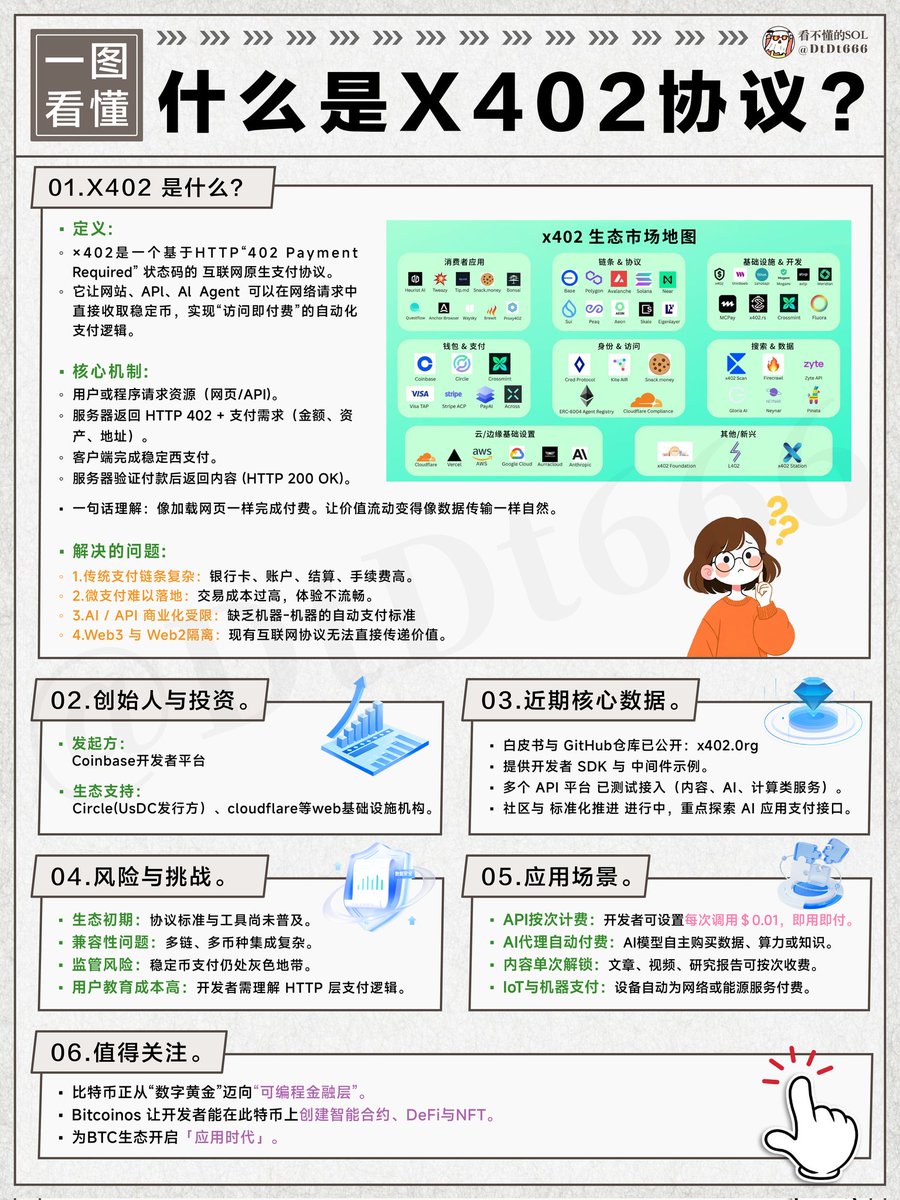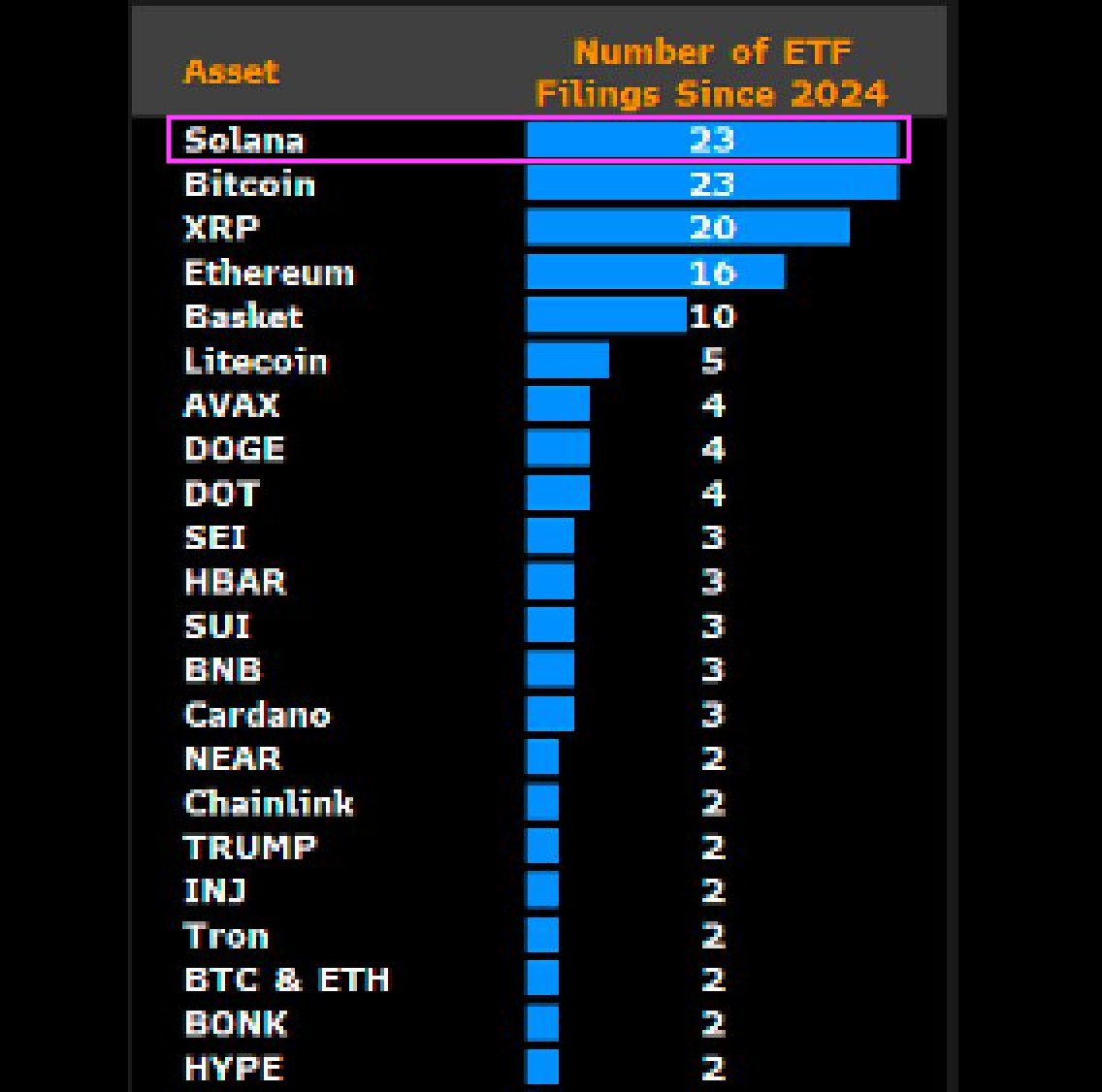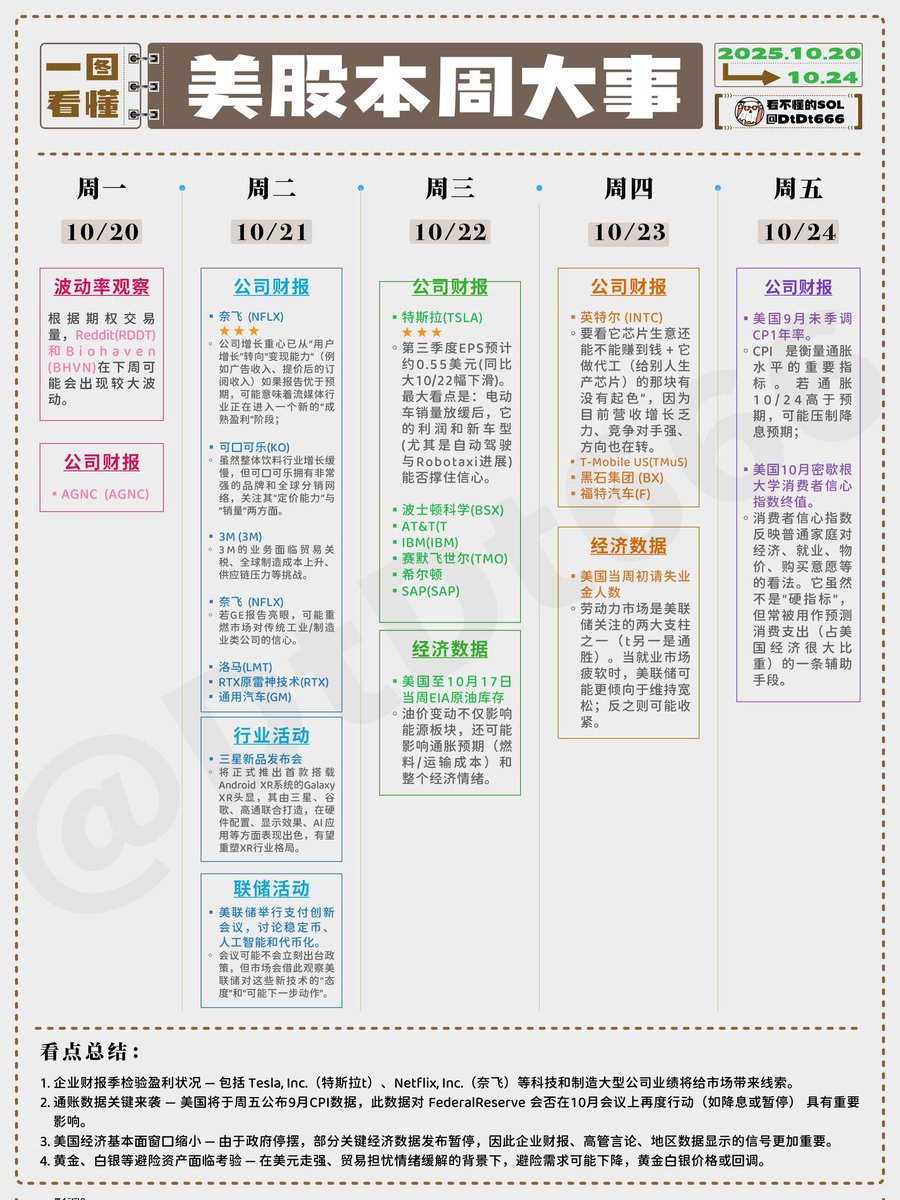A life-saving investment rule—the "Rule of 70"
It can tell me in 5 seconds how long it will take for sustained losses to halve my principal.
I'm often told, "I haven't bought any plummeting coins, and I only lose 1 or 2% each time. How come my principal has been decimated without me noticing?"
It's not bad luck, but rather that many people overlook the devastating impact of "small losses." Today, I want to share a super practical "accounting tool": the Rule of 70.
Without using complex formulas, it can help you calculate exactly how long it will take those seemingly insignificant "small losses" to halve your principal.
Let's briefly explain the logic behind the Rule of 70, which is very easy to understand: To determine how many losses it will take for your principal to be reduced to half, divide 70 by the percentage of each loss.
For example, if you lose an average of 5% each time, then 70 ÷ 5 = 14 losses—in other words, if you suffer 14 consecutive losses, your capital will be reduced to half its original value.
Don't think 14 times is a lot. If you're used to high-frequency trading, three times a week should be enough in less than two months. If you lose 10% each time, 70 ÷ 10 = 7 times. In just seven trades, your principal is halved. Isn't that faster than you think?
I did some math for a fan before. Many people think a 1% loss isn't a loss. But look: 70 ÷ 1 = 70 times. If you accidentally lose once a week, with 52 weeks in a year, you'll lose half your principal in less than a year and a half. If you lose 2% each time, 35 times is enough. If you lose three times a month, you won't last a year. Even a 3% loss will cut your principal in half after 23 trades, and you can lose half your assets in less than six months.






